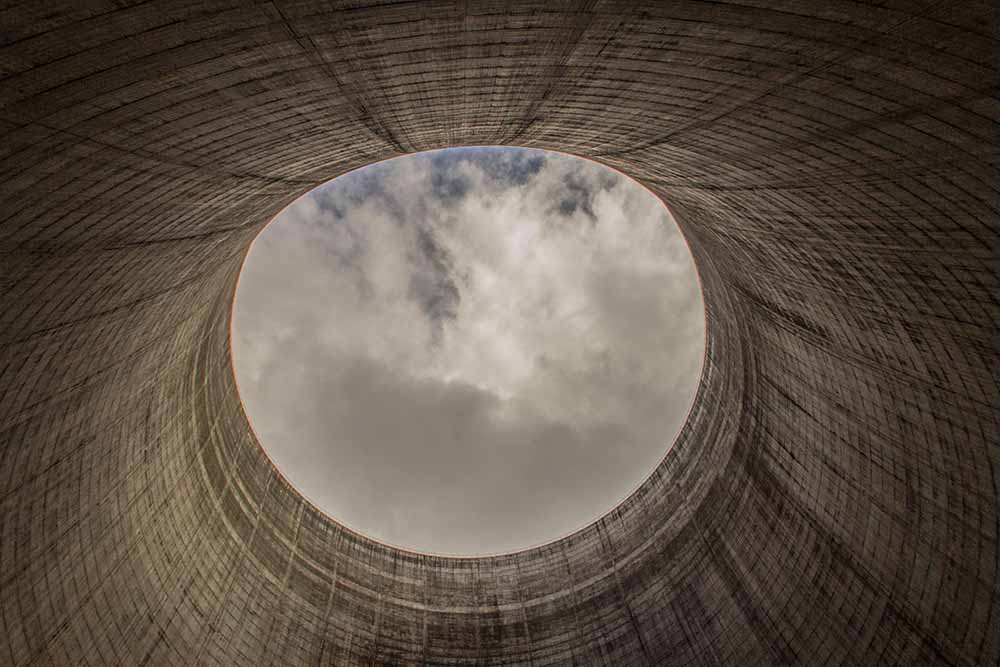If the COVID crisis takes most of the media coverage, environmental claims remain. Friday for Future, the movement launched by Greta Thunberg, has come back to protest the federal government’s inaction on earlier green promises such as curbing greenhouse gas emissions. More and more, we are seeing green activists fighting against industry and energy consumption. But an ignored solution which can help the fight against pollution and ensure the needs in electricity of the population is nuclear power.
Significant reserves of Uranium in Canada and Alberta can boost mining.
Canada’s uranium resources are the fourth largest in the world, after those of Australia, Kazakhstan and Russia. As of January 1, 2017, Canada held 514,000 tonnes or 8 percent of the world’s total uranium known resources recoverable at a uranium price of US $130 per kilogram. Moreover, Canada is the world’s second-largest producer of uranium, after Australia, with 13% of global production in 2018 but also the fourth exporter of uranium in the world. Most of the Canadian uranium comes from the Athabasca Basin on the Alberta-Saskatchewan border.
Recent explorations, on the Alberta side, have revealed vast amounts of uranium that can be exploited. Indeed in 2016, Cameco Corporation discovered, in Fox Lake, resources which represent 68.1 million pounds based on 387,000 tonnes at 7.99 percent U3O8, a relatively high-grade given that most uranium mines worldwide average less than 0.10 percent U3O8.
Canadian and Alberta ground have significant wealth on their ground which can be a real game-changer for the energy economy.
A secure and productive power
Chernobyl and Fukushima’s disaster has contributed to reinforcing the fear against nuclear power. But the data show another reality: it is one of the safest energy. Atomic energy would have caused only 4900 deaths in the world between 1971 and 2009 and would have avoided for the same period, the death of 1.84 million people, according to a study published in the journal of Environmental Science & Technology. Indeed, nuclear power doesn’t release CO2 and so no atmospheric pollution. Yet, a considerable number of political decision-makers continue to lead a crusade against nuclear power in the hope of developing renewable energies. Except that the latter is currently not productive enough and are forcing some countries such as Germany to relaunch coal or hydrocarbon power plants which are dangerous in terms of ecology and public health (as shown by the Norilsk disaster in Russia in June 2020).
Moreover, in 2018, Alberta’s total energy demand was the largest in Canada and the largest on a per capita basis. Nuclear power could help to ensure a rising demand for electricity in this province and at the same time meet the neutral carbon objectives.
Nuclear technology is already helping Canada.
Canada also has a strong knowledge of the nuclear reactor technology with the CANDU or Canada deuterium uranium. These reactors are a real asset for Canada. They have been exported in different countries like Argentina, China, India, Pakistan, Romania and South Korea and 30 CANDU reactors are in operation around the world. Moreover, India has built 16 reactors based on this design.
60% of the energy produced in Ontario comes from nuclear power. This situation helps this province to have a shallow greenhouse gas (GHG) emission. Indeed, in 2017, Ontario’s electricity sector emitted 2.0 MT CO2e emissions or 3% of total Canadian GHG emissions attributable to power generation. In comparison, Alberta, with no nuclear power production and the same period, produced 44.3 MT CO2e emissions, or 60% of total Canadian GHG emissions from power generation.
This summer, Alberta signed with Ontario, Saskatchewan and New Brunswick an agreement to support the advancement and deployment of nuclear energy through small modular reactors (SMRs). Natural Resources Canada considers this technology can improve the economic competitiveness of the country: “Conservative estimates place the potential value for SMRs in Canada at $5.3B between 2025 and 2040. Globally, the SMR market is much bigger, with a conservative estimated value of $150B between 2025 and 2040.”
Accordingly, Nuclear power should be a select option to fight pollution and environmental issues. This solution will also allow Canada and Alberta to gain an economic advantage in the global economy.
Alexandre Massaux is a research associate with Frontier Centre for Public Policy from France. His main areas of interest are international relations, trade, and governance. He holds a PhD in Law from the University of Toulon and as well as a master’s degree in Business Administration. Alexandre has collaborated with various think tanks, such as IREF Europe, Montreal Economic Institute, and CEVRO Institute in Prague.
Photo by Jakob Madsen on Unsplash.



